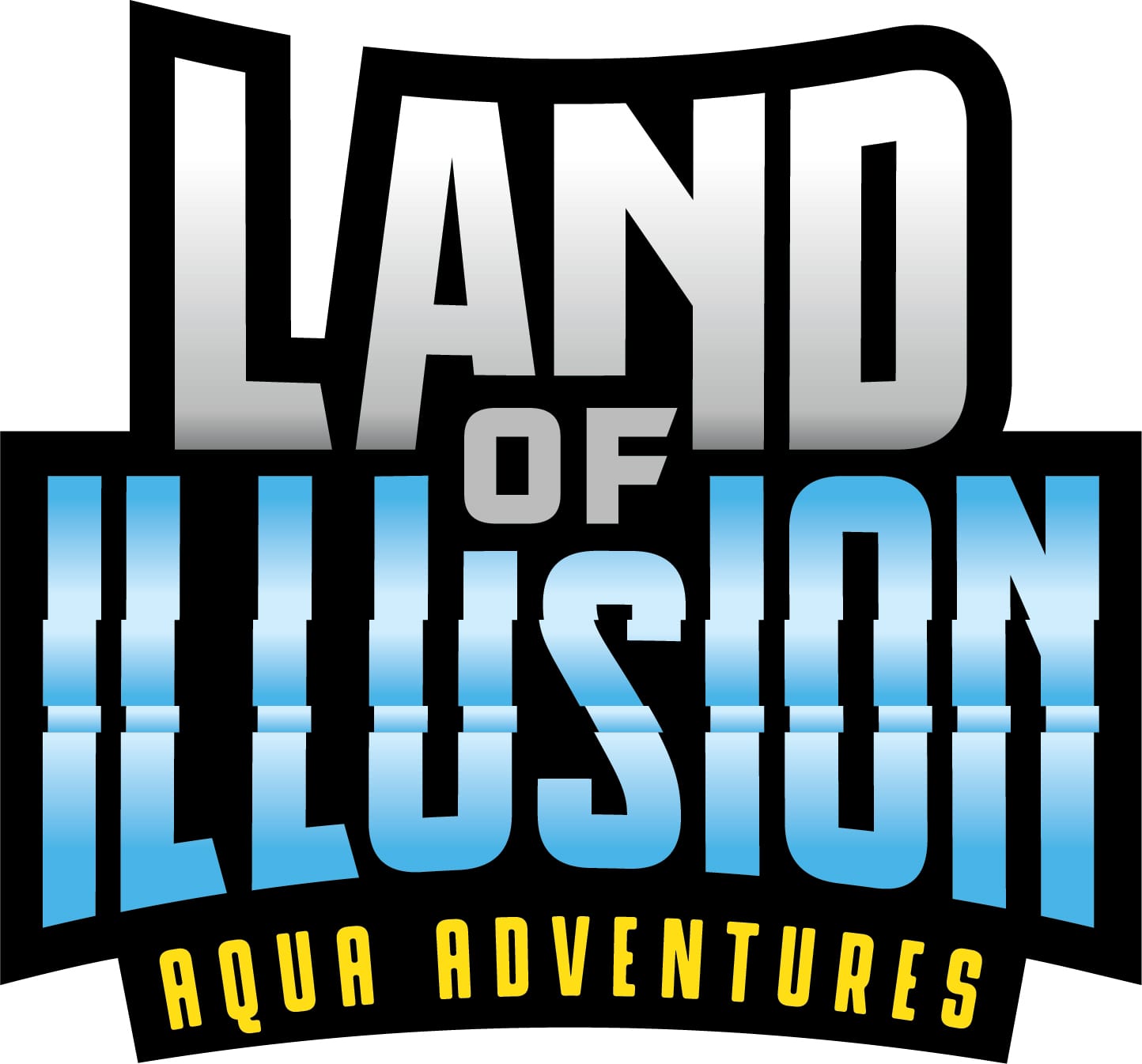Writers of horror and suspense stories have long sought to create the creepy experience of imminent death for readers and moviegoers.
Masters of suspense included Alfred Hitchcock, Agatha Christie, Stephen King, and even Stan Lee. All of these creators could weave a story that engaged the reader fully in the moment, drawing them along to a moment where, finally, the tension is relived.
This used to be the gold standard of movie writing.
Moviegoers would return again and again to feel the hair rise on their arms as the hero or (more often) heroine unwittingly walked into the jaws of danger.
As long as there has been entertainment, audiences have asked to be scared. For a long time, suspense was as far as we went.
What is a jump scare?
Urban Dictionary defines a jump scare this way:
A tactic used in horror movies to scare people, the jump scare is used by unimaginative filmmakers as a cheap method of frightening the audience; i.e, making them literally “jump” out of their seats. This device is being increasingly employed in modern horror movies, along with gratuitous amounts of gore, because the directors have forgotten how to actually scare people.
To be certain, the jump scare is that moment in a book or a movie where you, in the audience, literally jump. It is a reflexive response to the danger on the screen.
Sure, it can be derived cheaply, by having something scary suddenly appear on screen, often accompanied by loud, shrieking music and a scream. But the masters of the jump scare use it sparingly, to emphasize a moment and really put us in the shoes of the main character.
Why do we love a jump scare?
Scientists seem to agree that part of our needs as humans is to experience new and unexpected things. While many of us won’t seek out the peril that comes with hunting a tiger, for instance, we might enjoy following along with someone who does that.
We get a sense of feeling what that person is feeling, something called a “vicarious” experience, where it seems almost as if we have lived it too.
Watching these thrilling and life-threatening experiences helps us feel as if we are doing the thing we are watching. Our hearts race, we involuntarily hold our breath if the main character goes underwater, we cringe when we see someone get cut or burnt.
This is the height of entertainment – the very reason we do it.
When this happens, when we jump in our seats, or at a haunted house or forest attraction, we are having a peak human experience. And we are usually doing it while actually being very safe at home or in a theater.
These experiences help us feel alive and give us a rush of heightened senses, including touch, taste, and smell that can energize us for days.
Visit a haunted house near you this season!
